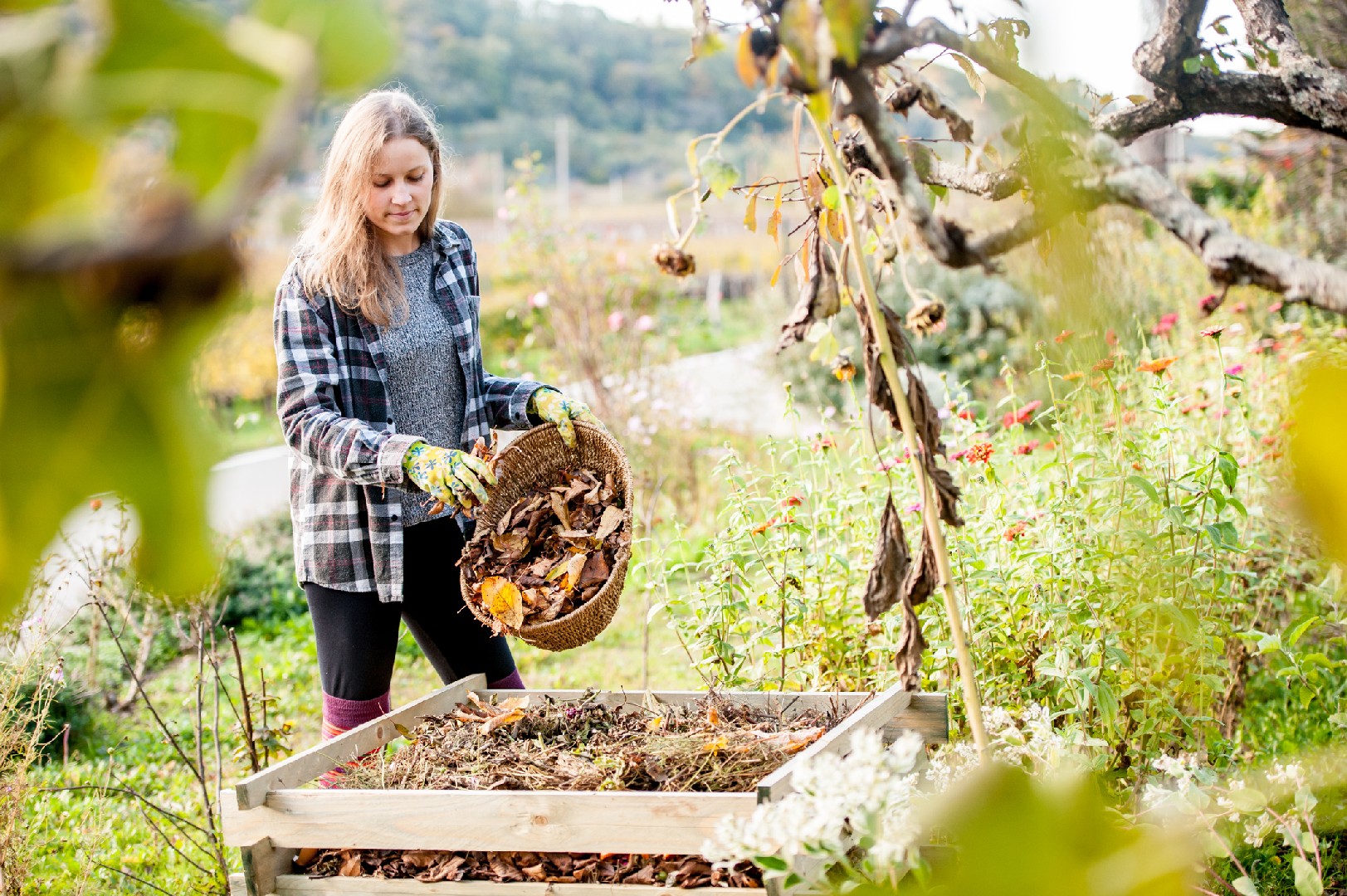![Rectangle]()
From Compost to Cooking Pot: Powering Vegetable Growth with Compost
For gardeners, there is something magical about witnessing seedlings sprout into vibrant plants bearing delicious fruits and vegetables. The key to achieving such lush growth lies in the quality of the soil, and nothing can transform your garden soil into a thriving haven for vegetable plants quite like compost.
Compost is nature's fertilizer, a dark, crumbly substance rich in organic matter that adds essential nutrients to the soil. When applied to your edible garden, compost works its magic in multiple ways. Firstly, compost improves the structure of the soil, ensuring it is well-drained yet retains moisture, creating an ideal environment for plant roots to grow deep and strong. This enhanced soil structure also prevents soil erosion, an important consideration for gardeners in areas with heavy rainfall or steep slopes.
Beyond its role in soil structure, compost provides a broad spectrum of nutrients that are essential for plant growth. Think of compost as a buffet for your vegetable plants, offering a balanced meal packed with all the necessary macronutrients and micronutrients. Unlike chemical fertilizers, compost releases these nutrients slowly over time, ensuring a steady supply for your plants throughout their growth cycle.
But the benefits of compost go beyond mere nutrition. Compost acts as a natural pesticide, protecting your vegetables from harmful pests and diseases. It introduces beneficial microorganisms to the soil, creating a healthy ecosystem that suppresses the growth of harmful pathogens. This means fewer pest problems and a reduced need for synthetic pesticides, promoting a more sustainable approach to gardening.
Real-life success stories abound when it comes to edible gardens powered by compost. Take Jane, for example, a passionate gardener who transformed her barren backyard into an abundant oasis of vegetables. With the help of compost, Jane saw her plants flourish like never before. Her tomatoes grew bigger and juicier, her lettuce crisp and vibrant, and her carrots straight and sweet. Not only did Jane enjoy the fruits of her labor on her dinner plate, but she also found solace and inspiration in her thriving edible garden.
To harness the power of compost in your vegetable garden, start by creating your own compost bin. It's a simple process that involves layering organic materials such as kitchen scraps, yard waste, and coffee grounds, and periodically turning the pile to promote decomposition. Alternatively, you can purchase ready-made compost from a local supplier or garden center. Whichever route you choose, ensure that the compost you use is fully decomposed and free from weeds and diseases.
When applying compost to your vegetable garden, spread a layer of compost on the soil surface around your plants, avoiding direct contact with stems and leaves. This top-dressing technique helps retain moisture, suppresses weed growth, and slowly releases nutrients into the soil as it decomposes.
In conclusion, compost is the secret ingredient to unlocking the full potential of your vegetable garden. Its impact on soil structure, nutrition, pest control, and overall plant health is undeniable. So unleash the power of compost in your garden and watch your vegetables thrive like never before. It's a journey that promises not only an abundant harvest but also a deeper connection with the natural world and a more sustainable approach to growing your own food.





